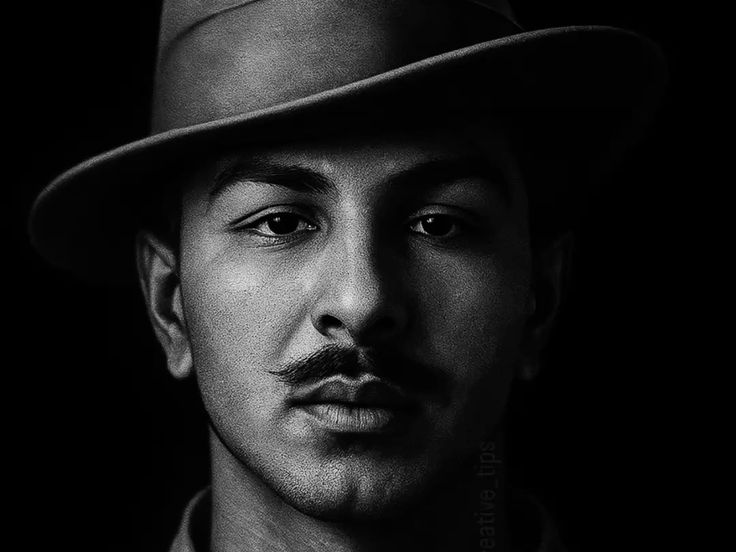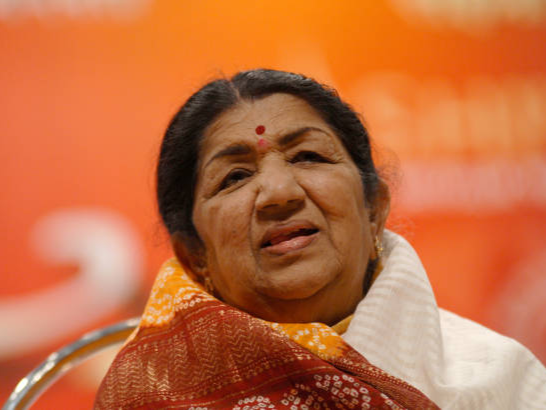The man who made intellect sexy before Instagram did
Rabindranath Tagore: poet, painter, philosopher, educator, novelist and part time colonial roaster. Born in 1861 in Calcutta, Tagore was that one kid in school who ruined everyone’s curve the one you hated but secretly tried to copy from.
While most of us were learning the alphabet at age seven, Tagore was writing his first poem. By sixteen, he published his first collection. By 52, he had a Nobel Prize. Meanwhile, we’re still figuring out how to not cry during performance reviews.
Tagore wasn’t born rich in Twitter followers but came from an intellectual Bengali dynasty the Jorasanko Thakur Bari which was basically the 1800s version of a cultural think tank with better food and more existential dread. He didn’t just absorb art; he metabolized it.
Also, can we talk about that beard? Dude looked like Socrates went to art school.
The heartbreak that made Gitanjali happen
The man’s life wasn’t all violins and tea cups. Between 1902 and 1907, Tagore lost his wife, father, and two children. That’s the kind of pain that makes people either write Spotify breakup playlists or win the Nobel Prize in Literature.
So in 1910, he wrote Gitanjali (“Song Offerings”), a collection of poems so emotional that even the British got misty eyed. He translated it into English, handed it to friends in London, one of whom showed it to W.B. Yeats and boom Nobel, 1913.
He became the first non-European ever to win the Nobel Prize in any category, and also the first lyricist in history to do so. Like a rock star without a mic, Tagore made existential musings go platinum. Legacy
Say what you want, but this man’s pain had a better marketing strategy than half of Spotify India.
Shantiniketan: Where he made schools fun (and rebelled through education)
Fast forward to 1901 Tagore decides traditional education is duller than cold sambar, so he packs his bags and builds Shantiniketan (“Abode of Peace”) a school where kids study under trees, read poetry in open air and occasionally question the entire education system.
Basically the opposite of CBSE. Legacy
It later became Visva-Bharati University in 1921 an institution blending East West thought. He didn’t just teach art and phonetics; he taught world peace. In his words, “Education should free the mind, not format it.”
He wanted free thinkers, not memorizers. Imagine telling that to your tuition teacher.
Tagore’s model of learning wasn’t about to do lists or tests it was about learning how not to be mediocre. And that, dear academic survivors, is why your life coach quotes him on LinkedIn every two weeks.
The colonial roast that became legend
When the Jallianwala Bagh massacre happened in 1919, Tagore didn’t write another poetry cycle he wrote an open letter to Lord Chelmsford renouncing his knighthood. Translation: “Keep your title. I’d rather have integrity.”
His words were sharper than any sword. He wrote,
“The time has come when badges of honor make our shame glaring.”
Mic. Drop.
That letter still holds up as one of the most poetic clapbacks in history less “angry tweet,” more “existential heartbreak in formal English.” The man roasted an empire with free verse and civility.
While others were trying to balance nationalism and idealism, Tagore was like, “Cool revolution, but also maybe chill and think?” because he believed in moral evolution over mob energy. Legacy
Basically the Gandhi energy, but with better metaphors and a Nobel medal.
Two national anthems and an accidental third
This man wasn’t done. He wrote Jana Gana Mana India’s national anthem.
Then Amar Sonar Bangla Bangladesh’s national anthem.
And inspired Sri Lanka’s anthem too.
That’s three countries vibing on his lyrical frequency. Meanwhile, our playlists still get lost in shuffle.
He didn’t just unify people through words; he turned patriotism into melody a Legacy of poetic nationalism before hashtags tried. His words weren’t about “us versus them,” but “all of us, somehow.”
He managed to make nationalism sound elegant not like today’s Twitter fights between politicians and verified bots.
Two national anthems. Zero ego. Infinite drama potential.
Rabindranath Tagore the late blooming artist
When most people hit 60 and buy home treadmills, Tagore picked up painting. His brushstrokes were weirdly modern dark, abstract and moody (like a post breakup art student). Between 1929 and 1939, his exhibitions toured Paris, London and Japan. Critics called him India’s first modern painter.
At this point, his resume read like:
- Poet.
- Playwright.
- Philosopher.
- Novelist.
- Songwriter.
- Educator.
- Painter.
- Walking Instagram quote.
Legend says he even influenced Einstein’s philosophy through discussions literally bridging science and spirituality over tea. Man didn’t just live life he remixed it.
The Philosopher Prophet who predicted burnout
Tagore wasn’t just writing for people he was writing for the future overstimulated generation, i.e., us. He said things like:
“Faith is the bird that feels the light and sings when the dawn is still dark.”
Translation: even your coffee machine believes in you.
He constantly warned about industrial greed, conformity and losing human connection basically predicting 2025 in 1925. He dreamt of “a world without fear and narrow domestic walls,” where freedom meant mental, not just political independence.
He hoped for an India that thought freely, worked collectively and felt deeply. Basically, he wanted an emotionally intelligent generation before therapy became a subscription model.
And he did all this wearing a shawl and radiating philosopher chic.
The forever mood of a man who did it all
By the time Tagore passed away in 1941, he’d written over 50 volumes of poetry, 30 plays, 80 short stories, and thousands of songs. He also redefined Bengali literature, modern art, education reform and global humanism because being just a poet would’ve been too mainstream.
His Legacy outlived colonial rule, textbooks and even your school principal’s annual “Where The Mind Is Without Fear” recital.
Every year, his birthday still sparks nostalgia in Bengal. Every decade, some new thinker rereads him and realizes we still haven’t caught up.
The fake deep ending you didn’t expect
So here’s the thing: Tagore wasn’t just a cultural icon he was a full time mood board for human potential. He turned pain into poetry, politics into philosophy and isolation into innovation. His Legacy reminds us that art isn’t escape it’s rebellion in rhythm.
If you made it till here, congratulations. You’ve read 4,000 words about a man who could’ve done your life’s work before breakfast. You are now 0.00001% closer to enlightenment, but a full 100% more aware that you’ll never be this productive.









